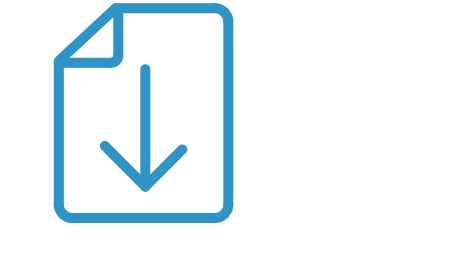| Sodium-glucose co-transporter 2 inhibitors (SGLT2i) e.g. empagliflozin & glucagon-like peptide-1 receptor agonists (GLP1RA) e.g. dulaglutide & liraglutide are increasingly being used in NZ for type 2 diabetes and other conditions such as heart failure & obesity. Currently their funded use is limited to type 2 diabetes under special authority criteria.
Mechanisms of action
- SGLT2i inhibit glucose reabsorption in the renal proximal tubules & increase urinary glucose excretion.
- GLP1RA increase glucose-dependent insulin secretion, reduce glucagon secretion & slow gastric emptying. They also reduce appetite & increase satiety.
Place in therapy
- Lifestyle management & metformin remain first-line treatment for type 2 diabetes.
- SGLT2i and GLP1RA are now the preferred second-line treatments, as their benefit in reducing cardiovascular risk is greater than other diabetes medicines. Regardless of glycaemic control, all patients with type 2 diabetes with a life expectancy more than a year will benefit from metformin & SGLT2i or GLP1RA.
- SGLT2i improve outcomes for patients with heart failure or chronic kidney disease (even in those without diabetes), & are therefore recommended for patients with these co-morbidities.
- GLP1RA likely lead to greater weight loss than SGLT2i, & are recommended if obesity predominates.
- Both classes can be used together, but the current funding restrictions mean only one will be subsidised.
- Empagliflozin is also approved in for heart failure, but is not funded for patients without diabetes.
- Patients who aren’t eligible for funding, or who will benefit from use of both classes, can choose to self-fund.
- Dipeptidyl peptidase-4 inhibitors (e.g. vildagliptin) increase endogenous GLP1 & are fully funded. Although less effective than GLP1RA, they can be combined with metformin & SGLT2i in most cases.
- Liraglutide is approved but not funded for weight management in obesity. Dulaglutide is not approved or funded for weight loss but is sometimes used.
|
Practice Points
- SGLT2i & GLP1RA do not themselves cause hypoglycaemia. Significant hypoglycaemia only occurs in patients taking insulin &/or sulfonylureas.
- GLP1RA have a slightly greater glucose-lowering effect than the other non-insulin treatments.
|
|
Empagliflozin
| Dose |
• 10 mg/day orally
• increase to 25 mg/day if necessary
|
| Renal impairment |
• efficacy decreases with worsening renal function
• avoid if eGFR <20 mL/min/1.73m2 |
| Other medicines |
• concomitant insulin or sulfonylureas may need to be reduced |
| Adverse effects |
• polyuria, genitourinary infections
• diabetic ketoacidosis:
• rare but can occur at normal or slightly raised blood glucose.
• interpret blood glucose with caution as patients can be severely insulin-deficient without high glucose.
• acute illness, procedures or excess alcohol increase risk.
• treat with IV glucose, insulin infusion & potassium.
• Fournier’s gangrene:
• rare but has high mortality.
• perineal care & early recognition & treatment reduce risk.
|
Dulaglutide
Dose
|
• 1.5 mg/week subcutaneously
• higher doses sometimes used but additional effect is modest |
Renal impairment
|
• avoid if eGFR <15 mL/min/1.73m2 |
Other medicines
|
• stop vildagliptin
• concomitant insulin or sulfonylureas may need to be reduced |
Adverse effects
|
• gastrointestinal symptoms (common but usually transient)
• pancreatitis, bowel obstruction (rare) |
Sick-day & peri-procedural management
- Acute illness: withhold SGLT2i & check blood ketones.
- Minor day-stay procedures including bowel prep: stop SGLT2i the day before & day of surgery.
- All other procedures: stop SGLT2i 2 days before & the day of surgery.
- Restart SGLT2i when eating & drinking normally.
- GLP1RA can be continued.
|

 Download PDF
Download PDF